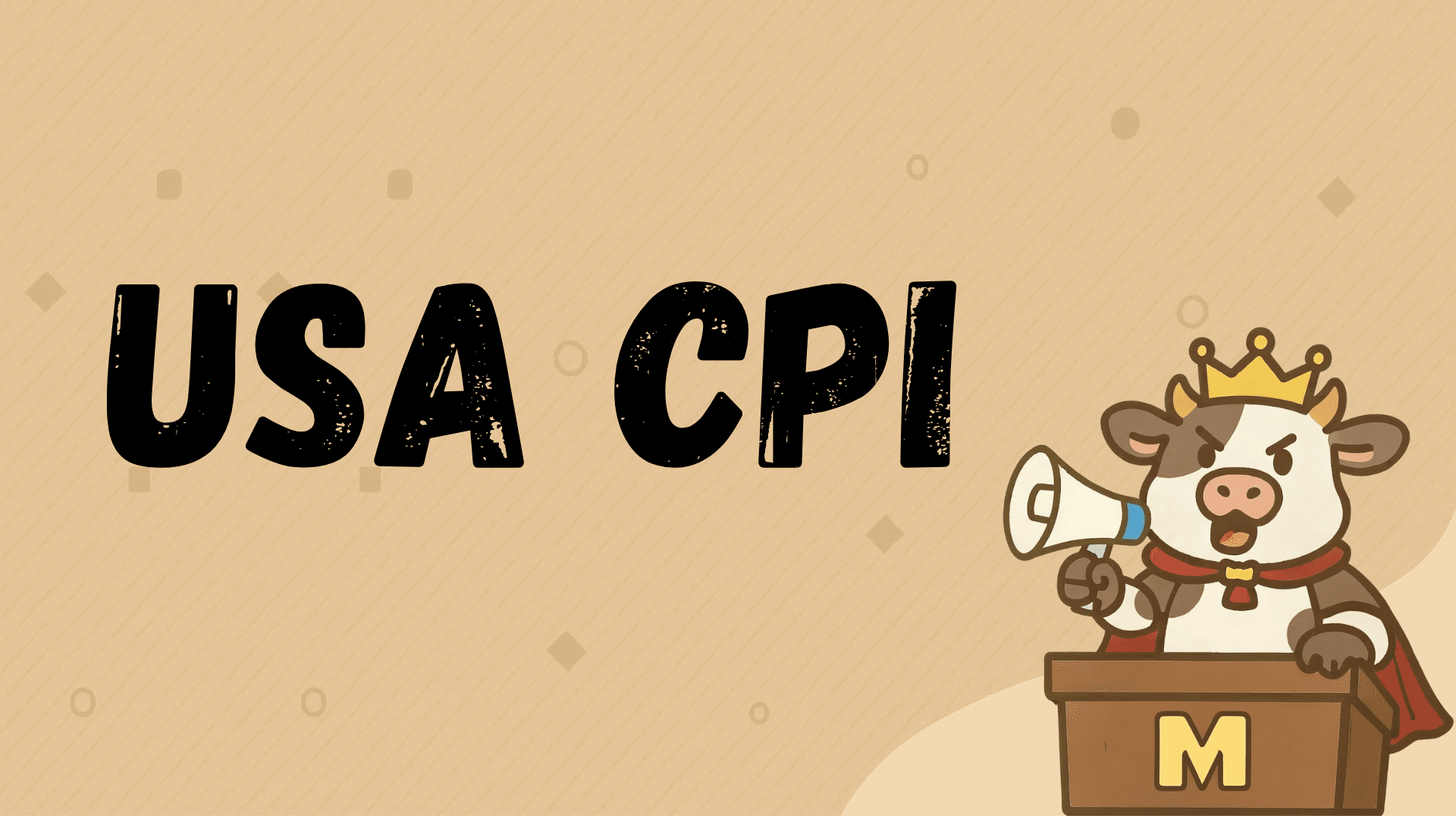Headline CPI year-on-year growth rate: 2.7%; month-on-month growth rate: +0.2% (seasonally adjusted).
Core CPI year-on-year growth rate: 3.1%; month-on-month growth rate: +0.3% (seasonally adjusted).
Energy items weakened this month (gasoline decreased by about 2.2%).
The above data comes from the U.S. Department of Labor BLS's July CPI press release and homepage summary. (Bureau of Labor Statistics)
Supplement: Several media outlets interpret it as 'the headline slightly below market expectations (2.8%) but core stickiness', which is a 'mixed bag of good and bad'. (The Guardian, Bloomberg.com, Investor.com)
The implication for 'U.S. stocks'
Benchmark logic: the market is most concerned with 'interest rate cut probabilities' and 'government bond yields'.
Headline 2.7% (below expectations) = dovish → beneficial for risk assets.
But core 3.1% (accelerating/high) =hawkish → may push up short to mid-term yields, suppressing growth stock valuations. (Bloomberg.com)
My baseline judgment (short-term):
Index level: leaning neutral to slightly bullish (the probability of rising first and then fluctuating is not low). If the bond market interprets it as dovish and 2-year yields decline, technology/growth may benefit; conversely, if yields rise, large tech may give back gains, while defensive and essential consumption may resist declines.
Industry details: monthly weakness in energy is a headwind for energy stocks, but helps with consumer experience inflation. (Bureau of Labor Statistics)
The market is currently betting on "a possible interest rate cut in September", if this bet holds, it would be mildly positive for the overall stock market; however, core stickiness will limit the expansion and height of the market. (The Guardian)
The implication for 'crypto space'
Benchmark logic: crypto assets are more sensitive to 'liquidity/dollar trends/real interest rates'.
If the data keeps the market's interest rate cut expectations, and the dollar and U.S. Treasury yields decline → BTC, ETH, and other mainstream assets are biased towards bullish, while altcoins have greater volatility but are also easier to give back gains.
However, core stickiness means the Federal Reserve is reluctant to be too dovish, and the interest rate path will not loosen drastically → mid-term upward space is limited, and volatility is heightened (the news may experience 'initial gains followed by losses/repeated fluctuations'). (The Guardian, Bloomberg.com)
Practical operation focus (observe after release)
U.S. 2-year yield: downward = positive for risk assets; upward = pressure on growth assets.
U.S. Dollar Index (DXY): weakening = generally beneficial for crypto and U.S. stocks.
Is the narrative of core services inflation being amplified (driven by healthcare, transportation, etc.)? If the media/investment circles focus on 'core re-accelerating', the market is likely to oscillate bearish; if they focus on 'headline slowing + interest rate cuts still possible', then it leans bullish. (Bloomberg.com, The Guardian)
Final conclusion
U.S. stocks: leaning towards 'slightly bullish but prone to fluctuations', watching how the bond market interprets core stickiness.
In the crypto space: Under the tug-of-war between 'interest rate cuts still possible vs. core stickiness', it is more likely to initially lean towards risk-on, and then return to range-bound fluctuations.
$BTC At the moment, it doesn't look like there's a big surge
$SOL However, it has surged significantly
$Jager Useful
